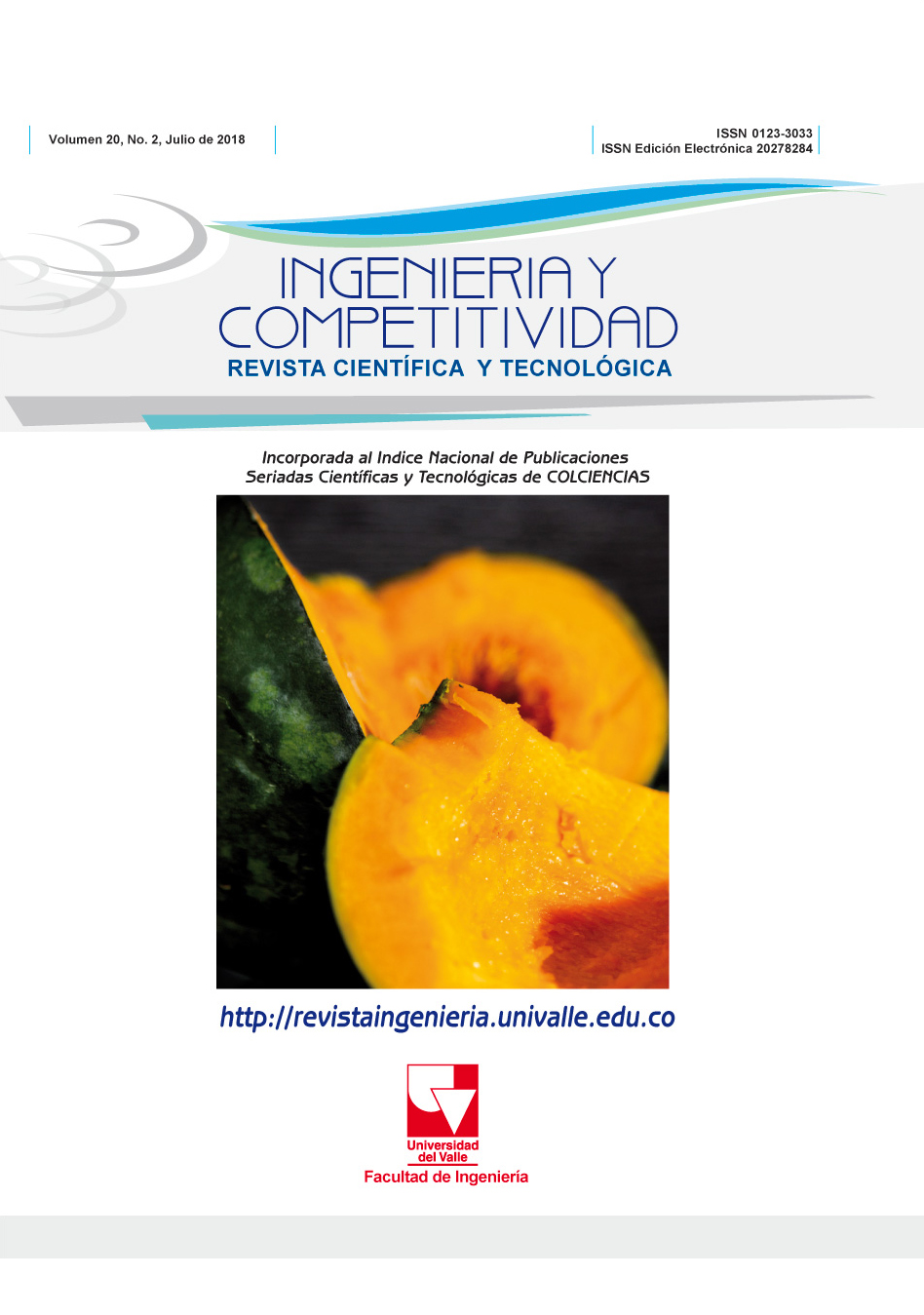Determinación de relaciones nivel – caudal simple o compleja en un río. Caso del río Cauca
Contenido principal del artículo
La relación nivel de agua – caudal en un río, denominada también curva de calibración, es de gran utilidad práctica pues permite estimar los caudales a partir de los niveles registrados en una estación hidrométrica. Cuando el régimen es aproximadamente permanente a cada nivel le corresponde un caudal (relación simple). No obstante, frecuentemente diferentes circunstancias e intervenciones pueden afectar e invalidar dicha relación, como puede ser la descarga de un tributario, el remanso originado por una estructura de control o regulación (represa, vertedero, etc.), el tránsito de una creciente o la operación de un embalse. Estos factores generan una relación compleja entre los niveles y los caudales, donde un caudal puede estar relacionado con dos niveles de agua y viceversa. En el presente estudio se determinaron las curvas de calibración simple y compleja en la estación La Balsa, localizada 27 km aguas abajo del embalse de Salvajina (río Cauca, Colombia). La curva simple se calculó mediante el método logarítmico y la compleja según el método de almacenamiento por unidad de tasa de cambio en los niveles de agua. Los resultados muestran diferencias importantes en los caudales estimados por medio de las dos relaciones. Al aplicar las dos curvas de calibración para una creciente moderada se encontraron diferencias hasta de un 19% entre los caudales calculados. En consecuencia, para establecer la curva de calibración nivel-caudal apropiada se debe realizar un análisis riguroso de las condiciones del flujo tanto en la estación hidrométrica como aguas arriba y aguas abajo de ella.
- curva de calibración; relación simple; relación compleja; río Cauca.
Descargas
Los autores que publican en esta revista están de acuerdo con los siguientes términos:
Los autores ceden los derechos patrimoniales a la revista y a la Universidad del Valle sobre los manuscritos aceptados, pero podrán hacer los reusos que consideren pertinentes por motivos profesionales, educativos, académicos o científicos, de acuerdo con los términos de la licencia que otorga la revista a todos sus artículos.
Los artículos serán publicados bajo la licencia Creative Commons 4.0 BY-NC-SA (de atribución, no comercial, sin obras derivadas).





